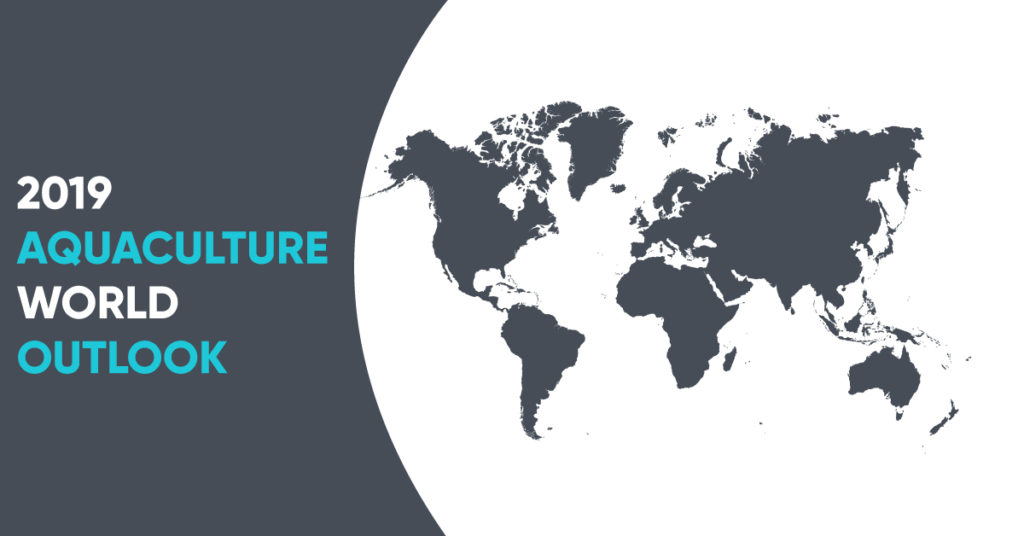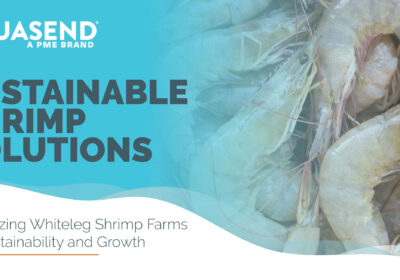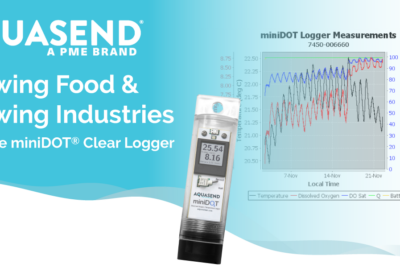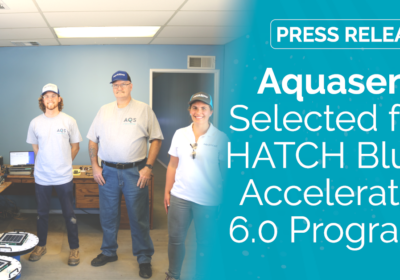2019 Aquaculture World Outlook

The new year is officially upon us and with it comes many new and exciting changes as well as challenges for the aquaculture industry. We take a trip around the globe as we look at the year ahead of us.
Asia Leads the Way for Aquaculture
According to the FOA, in 2016 the aquaculture industry produced 110.2 million tons and Asia was responsible for 90% of the production volume. Asia continues to lead the aquaculture industry into 2019 and has big plans for the rest of the year.
As the middle class in Asia grows so does the demand for higher-quality seafood typically found in the Atlantic Ocean. As a large importer of salmon, China is attempting to raise their own to cut down on price as well as dependency on others. Part of this effort led to the development of the world’s largest submersible cage in the Yellow Sea. Their hopes are to eventually produce 20,000 tons annually.
In addition to ramping up their production, Asian countries are taking strides to curb illegal practices as well as pollution.
EU Doubles Aquaculture Profits
As we enter 2019 a new report shows that the EU aquaculture sector has doubled their profits from 2014 to 2016. This positive growth shows a growing demand for farmed fish as well as implies that the aquaculture farms within the EU are providing stable places of employment as they continue to grow. This positive trend is expected to continue into 2019 and years to come.
Canada Fights Against Skeptics in 2019
With Canada’s coastline representing a quarter of the world’s total coastline, much of it undeveloped, the opportunities for aquaculture in Canada are vast. Unfortunately, 19% of respondents on the Pacific coast were skeptical of aquaculture based on the information provided to them by the media. Much of this skepticism is thought to stem from environmental agency campaigns that have boiled down the complex issues of the aquaculture industry and left the public confused.
That being said, 86% of respondents from the Pacific and Atlantic coasts agreed with aquaculture being implemented in a sustainable way. Fortunately, the aquaculture industry is built on being sustainable as well as being more economically friendly than any other animal production system.
With many areas on both the Pacific and Atlantic coasts of Canada being ideal for growing many different species, aquaculture can provide an economic boost as well as a much-needed sustainable food source. Canadian governments have identified aquaculture as a promising industry and have made moves to support it in the coming years.
Trump’s Clean Water Rollback
At the end of 2018, President Trump made changes to the Clean Water Act that has previously protected the nation’s wetlands and streams from pollutants such as pesticide runoff. Although many rural farmers saw this as a victory, those in the aquaculture industry are invested in keeping waterways clean and free of pollutants.
It’s currently impossible to know just how this will impact aquaculture but it can be expected to have some effect as all water eventually leads to our oceans.
The Aquasend Solution
To learn how Aquasend can help meet your real-time water monitoring needs in 2019 reach out to us today.


